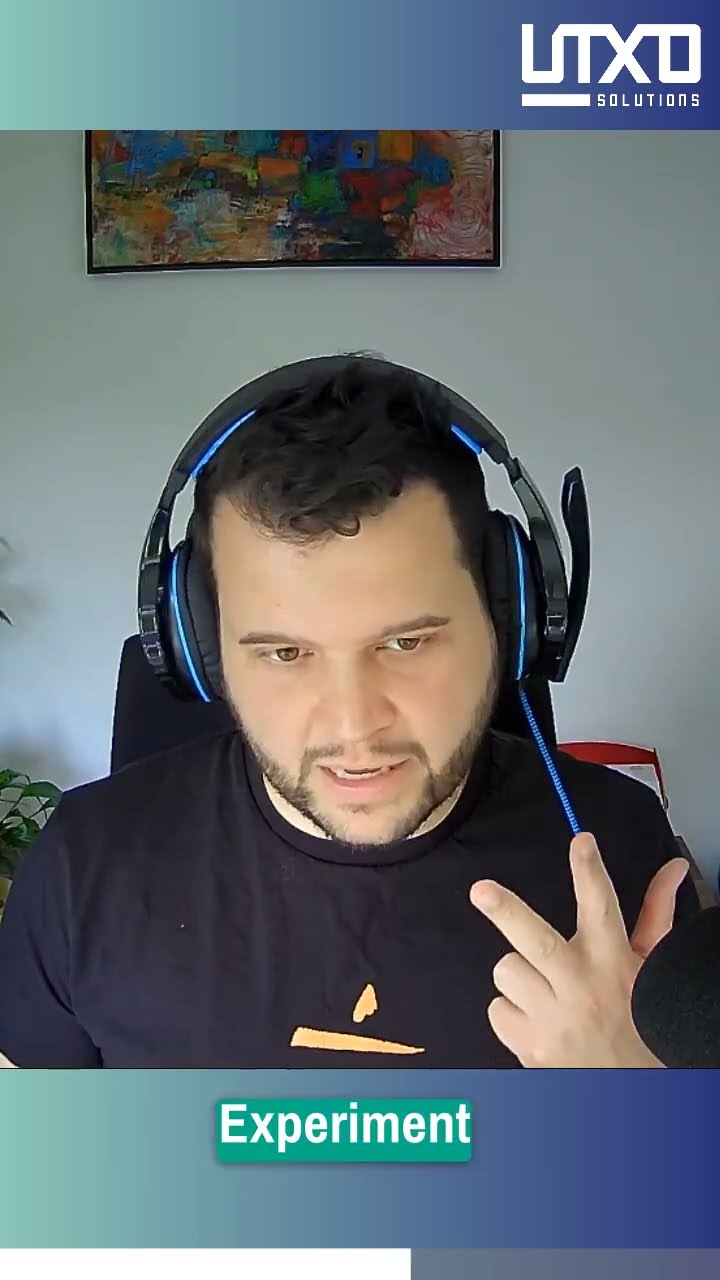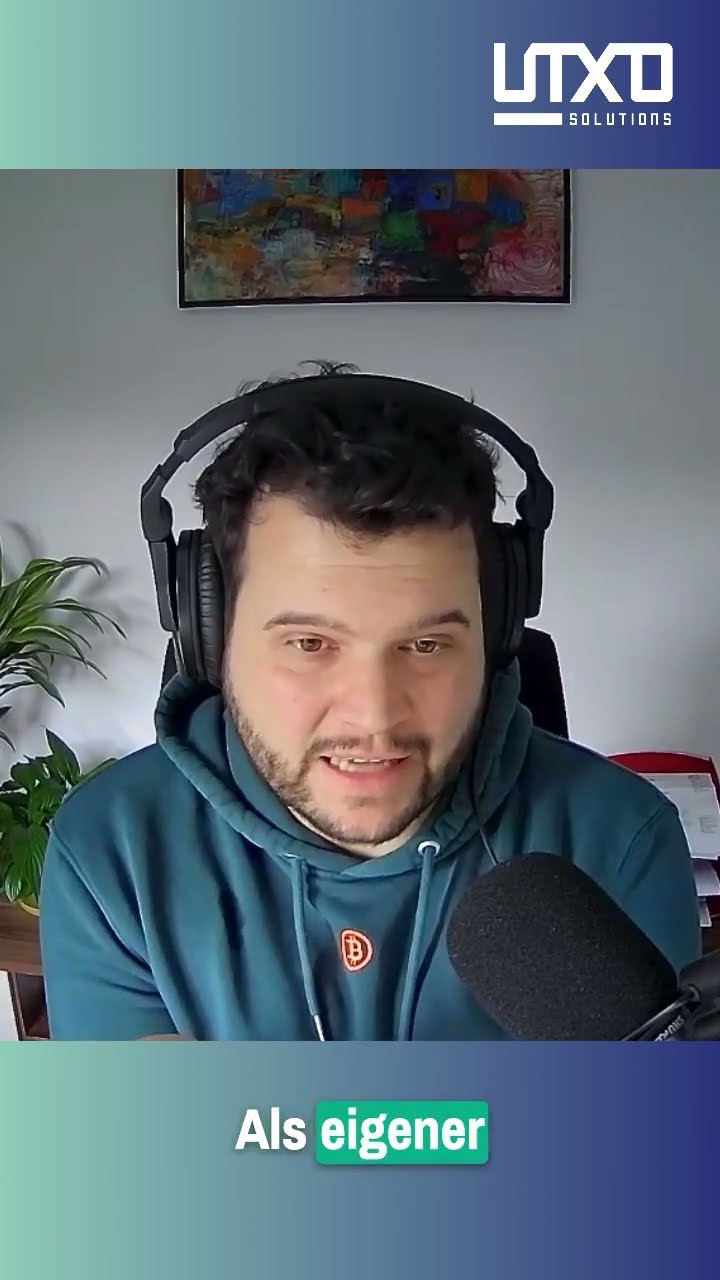
He who knows not, does not buy
Our brain is at its core lazy. It tries to think as little as possible.
When making decisions, we often take the option with the least ammount of thinking. Think of pulling out your phone and scrolling social media instead of reading a book. Or listening to music instead of thinking about current problems.
When buying goods and services, the ammount of thinking is an inhibitor.The more we think about the decision, the higher the risk of not deciding. It takes more time as well.
The average German takes 18 month to decide for a new heating system. Or wether to put photovoltaik on their roof. The main reason: Uncertainty.
Having unanswered questions blocks people from buying your produkt. They don’t know wether it’s a fit. Having to think about that, is work. And the brain doesn’t like work. Often it just avoids making decisions.
Customers not deciding for your product can lead to them not buying at all or deciding for someone else. Decision making can get stuck and start over and over again. As someone selling things, you want people to decide. Either for or against your product. But loosing a sell to uncertainty is unnecessary.
To reduce uncertainty, we need to know the following four things :
- The questions our customers will have before they have them
- The way they want the answer to be structured
- The information that will only confuse them
- The actual answer
- Needless to say, the answer needs to be
- True - it reflects the actual properties of the product
- Correct - it’s the answer a customer hopes for
Answering your customers questions upfront is crucial to achieve product language fit.
Remember: A product not understood is a product not sold.







